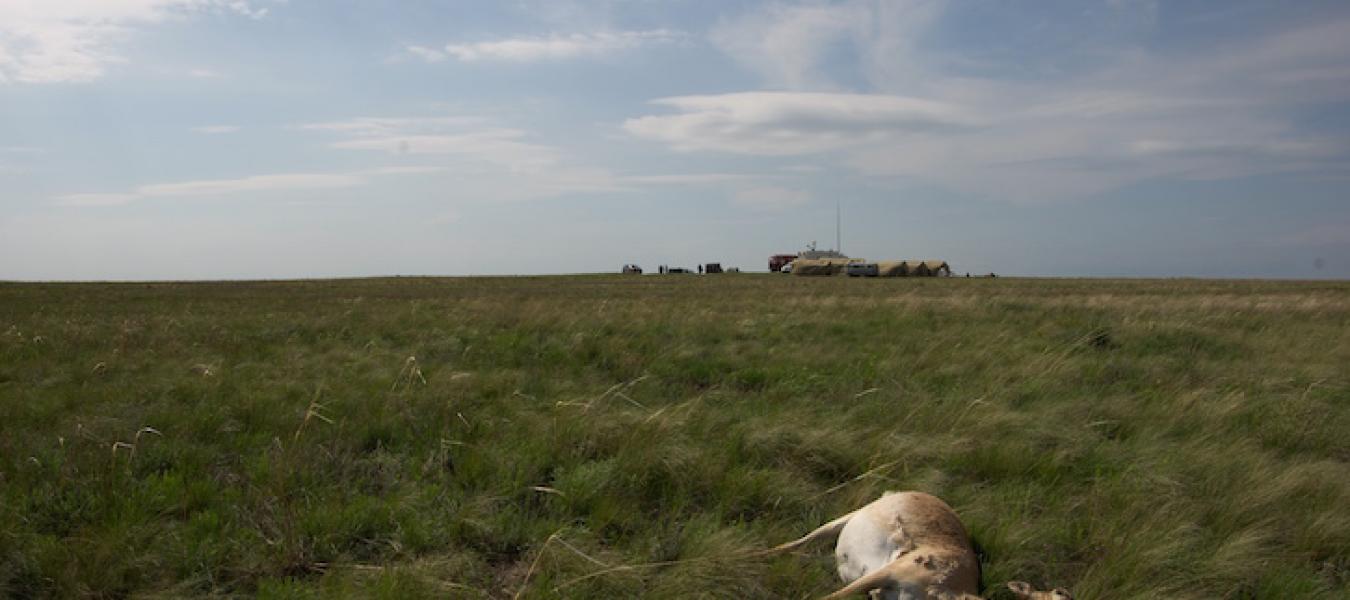Is Pasture Structure and Plant-Composition the Key to Explaining the Mass Die-Off of the Saiga Antelope in the Borsy Region of Kazakhstan?

The die-offs were very location specific and individuals from the same sub-population who grazed elsewhere suffered no mortality event. Adult antelope died suddenly whilst grazing, and calves died subsequently, apparently as a result of starvation.Acute pulmonary oedema and emphysema (APE), or fog fever, results from sudden expose to lush vegetation and is proposed as the cause of this die- off due to the observed acute and pasture-related nature of the mortality events.
Using historical data on the location of calving and post-calving pasture, this study investigates the pasture composition and nutritional quality where the die-offs occurred and compares this to areas where Saiga calved. Furthermore, it incorporates a discussion of historical meteorological and remotely-gathered data.
Pasture analysis was limited due to severe time restrictions in situ, but the data gathered appears to illustrate a similarity in community composition between the die-off sites in both years, with the 2011 calving area showing some similarity and the 2010 calving area the most dissimilar. Species richness seems higher in micro-depressions than in plateau and micro-hills and appears higher in the death zones of both years than the calving areas. L-tryptophan, involved in the development of APE, was detected in all areas tested.
